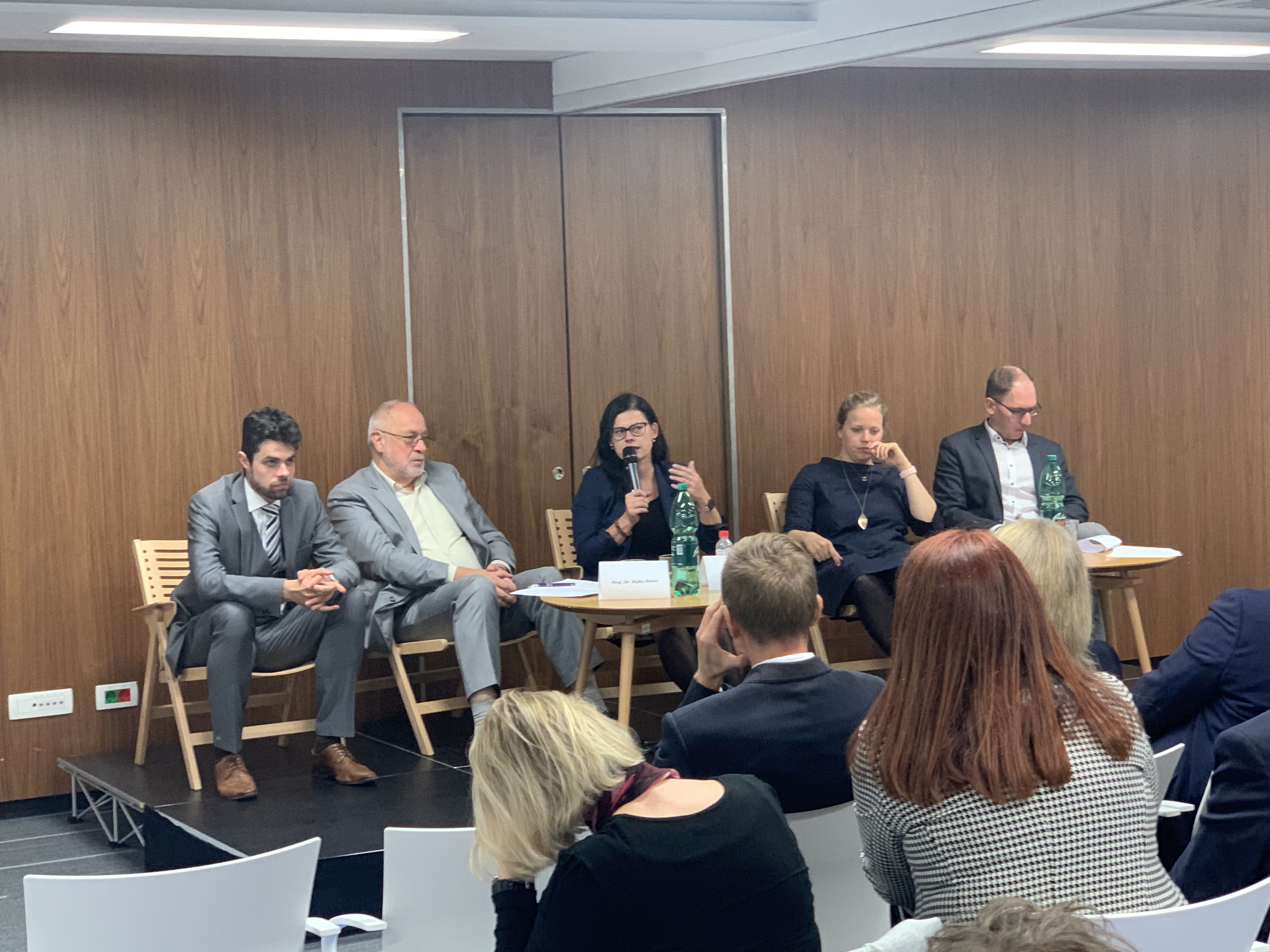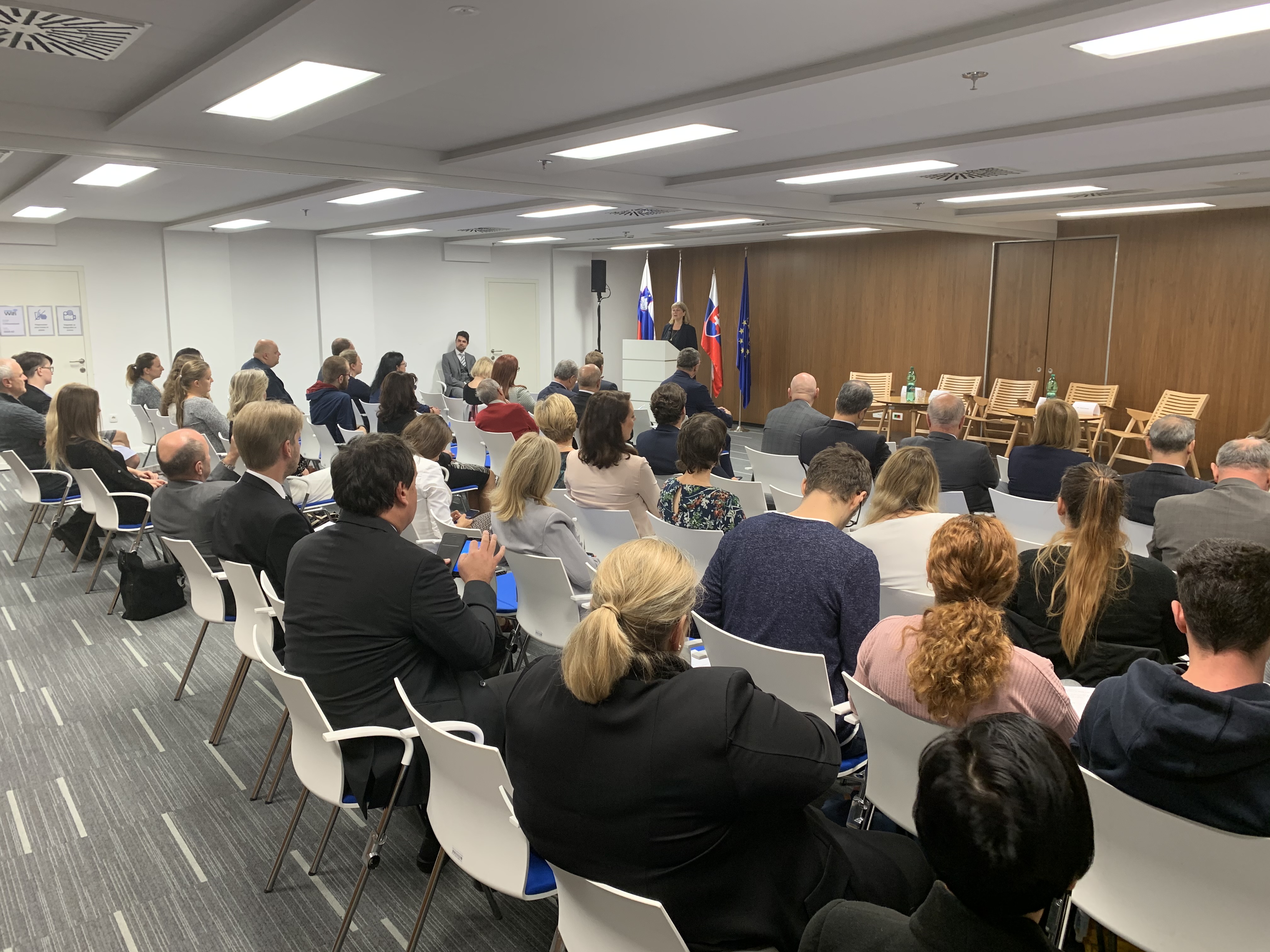"30 Years Since the Fall of the Iron Curtain" event in Ljubljana
Our colleague Alica Kizekova represented the Institute at the conference "30 Years Since the Fall of the Iron Curtain" in Ljubljana on 17 October 2019. The event was organised by the Embassy of the Czech Republic and the Embassy of the Slovak Republic and took place in the House of the European Union in the Slovene capital. The conference focused on the integration of the Central European countries into the Euro-Atlantic structures, geopolitical change of the Central European region in the past 30 years and the transition of the states and societies towards democracy and market economy.
In her speech, Alica Kizekova mentioned, among other things, a recently published opinion poll which found that for the Czech citizens, by far, the Velvet Revolution of 1989 was the most positive era out of all the major events that took place since the founding of Czechoslovakia in 1918. 72 % of the respondents replied that they viewed the event positively as compared to the 9% who gave negative replies. While the most positively viewed personality was the first President of Czechoslovakia, Tomáš Garrigue Masaryk, with 84% viewing him positively in comparison to only 3% expressing negative views of him.
Alica concluded her speech by stating that we should not be taking our freedoms and security for granted. “It only takes a moment, or a gradual interference, and we might lose the earned liberties through overlooking warning signs or slow reactions to threats. These practices often come from accepting disinformation, or not defending the democratic institutions that help us preserve our freedoms. Some recent works focus on dangers of populism in Europe, which, in some cases, derived from the disillusionment with the traditional political parties, and the lack of transparency and accountability. It is important to dedicate more time to working with citizens beyond the ballot boxes, and to address the citizens’ frustrations; otherwise, there is the danger of sliding back to some of the pre-Velvet Revolution practices.”

